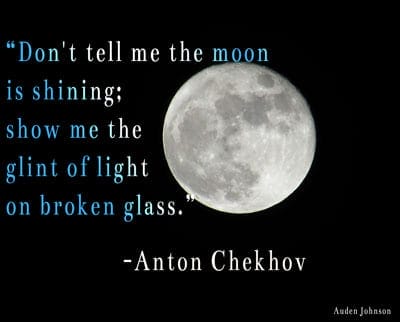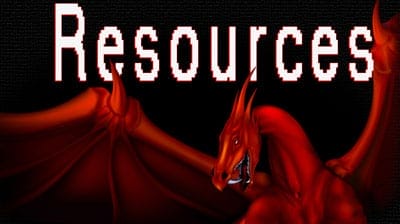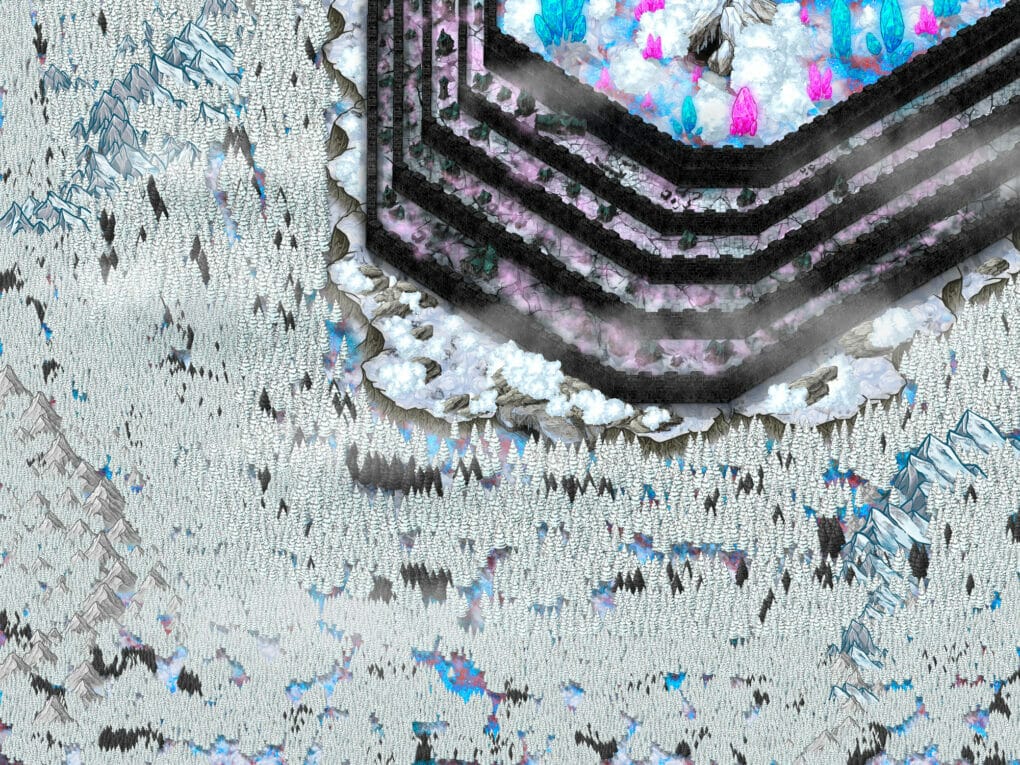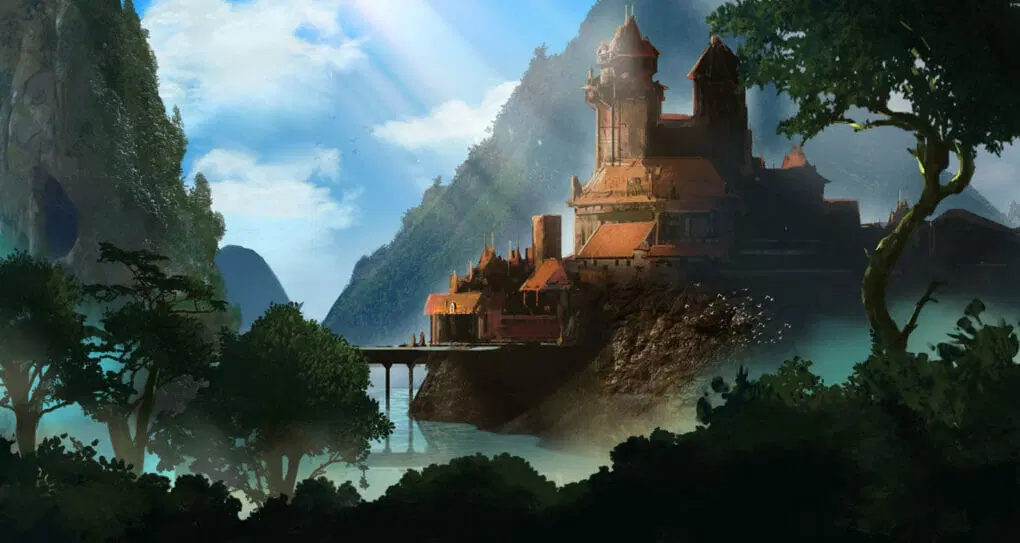
While editing my work in progress, I’m noticing I don’t describe most of my settings, at least not well enough for readers to get a good sense of place. You want readers to become so lost in your world that they feel like they’re traveling with your characters. They have to experience the setting through your words. Here are some tips on describing a setting in your story.
Know your characters
“In true Garden Age style, vines and glowing colorful flowers grew off the older buildings. Sovereign was built during the Mining Age when, due to rare gems discovered in underground tunnels, poorer people had the opportunity to live well above their means for the first time. The older buildings were meant to be pretty, not functional. The newer one-floor wooden cabins were the opposite. Residents didn’t care how the structure looked as long as it protected them from the elements.”
A character not familiar with history wouldn’t know or care about the stylistic periods the town reflected. Describe only what’s important to that character. Divine acknowledges the flowers then and passes right over them. Another character might describe them in detail.
Don’t get too technical
Balance what your characters know with what your audience knows. You can say a building’s held up by Corinthian columns. It will go right over your readers’ heads if they don’t know what that is. It might be better to say something like:
Tall stone columns topped with ornate carvings of leaves
If your character is the type to use the terms like Corinthian columns, then follow that with a description of what they look like.
Corinthian columns held up the structure. Those tall ornate pillars felt unnecessary for this type of house.
Think of your five senses
As your character is walking through a town or house, describe what it smells like. Does it have a taste (some places do)? What does it feel like? Do the crowds make it so hot it’s hard to breathe or is it so cold your character just wants to curl up and die? What about sound? What is your character hearing?
You can search sound effects on YouTube to get an idea of what your characters are hearing.
If a town is loud, don’t just say it’s loud. Describe the sounds. Don’t simply say it’s cold. Make readers feel it.
“Vayle ground his teeth. Damn it was cold enough to make ice out of spit. What sort of fools lived on the side of a mountain where the snow was at his damn legs most of the year and reached his waist during the winter. Vayle should use his power to melt this white obstruction. Flooding be damned.
Why in the name of Darkness was it so bright?
This wind shoved ice picks through his eyes at every step.
Darkness continued to eat through the daylight hours. At least summer nights saved him from the suffocating humid air.
In winter, there was no relief. Vayle wanted to kill himself.”
How does it affect your character
From the above passage, you don’t just get a sense that it’s freezing, you also learn the character, Vayle, doesn’t like being cold. Sprinkle in some details about what the setting is doing to your characters. Remember the above tip. Don’t just use the word to describe the word. If your character loves the place, show that through how they describe it.

Don’t describe everything
When books try to describe every aspect of a setting, I get lost. Too much detail and I have a hard time picturing the setting.
Give the readers only what they need to know. Their imagination will fill in the blanks. Don’t do all the work for them. Tell us a short wall surrounds the property but don’t describe the look and feel of the bricks unless it’s relevant to the story.
Knowing what’s too much description comes from studying other books. I’ve read plenty of stories where there will be pages describing one setting. That’s when I start skipping paragraphs.
Everything has a purpose
A town I was describing started with a dirt road, then cobblestone snuck in. I sat back and weighted my options–keep it dirt or change to cobblestone. What reason would I have to change the streets? Does it have anything to do with the story? No. The streets stayed as dirt roads. Don’t put it in there if it adds nothing to the story.
Map it
Mapping your world, even if it’s a really rough sketch, lets you know the terrain and temperature so you can properly describe what it’s like being in that setting.
Collect images
I find I describe a setting better if I have an image to look at. As sci-fi and fantasy writers, you might not find images that match exactly to the location in your story. You’ll find pieces. Collect images that are close and pull parts from each one to help you describe your settings.
Pinterest and DeviantArt have some great fantasy/sci-fi artworks. Google Image search is also a good tool.
Do you find that you’re an under-describer or an over-describer? I tend to be an under-describer. I usually need to go back in the second and third drafts to fill in the blanks.

The Ultimate Guide To World-Building: How To Write Fantasy, Sci-Fi And Real-Life Worlds




